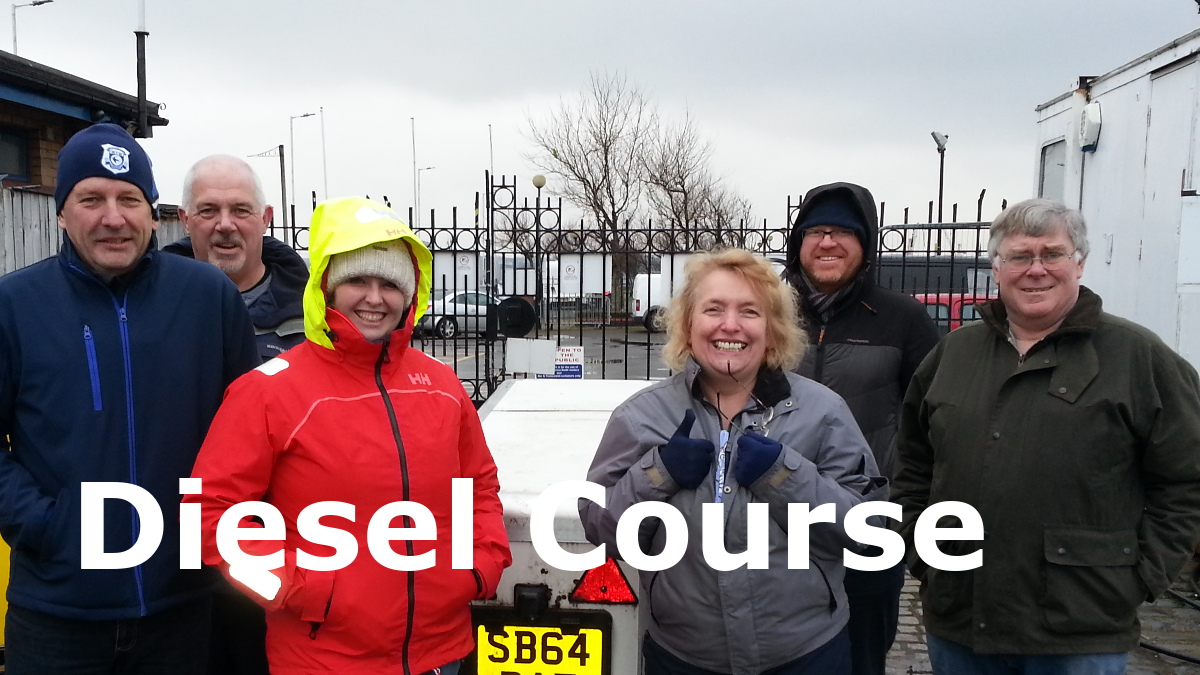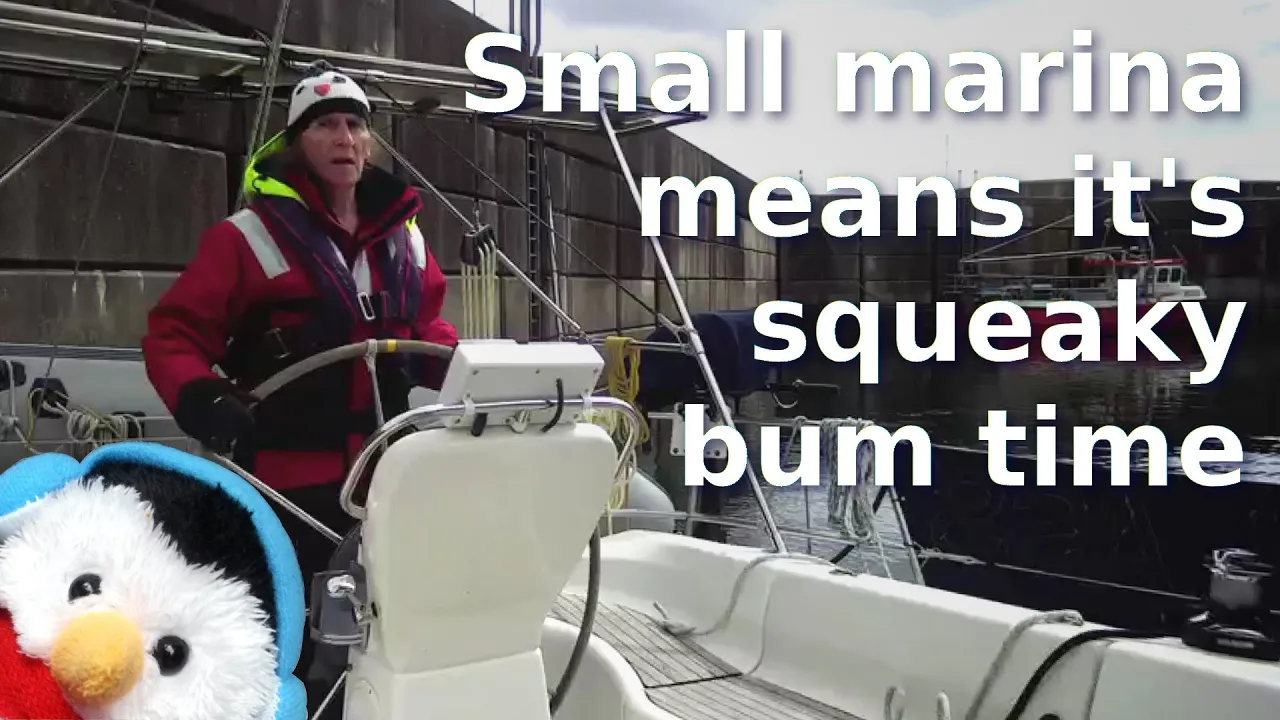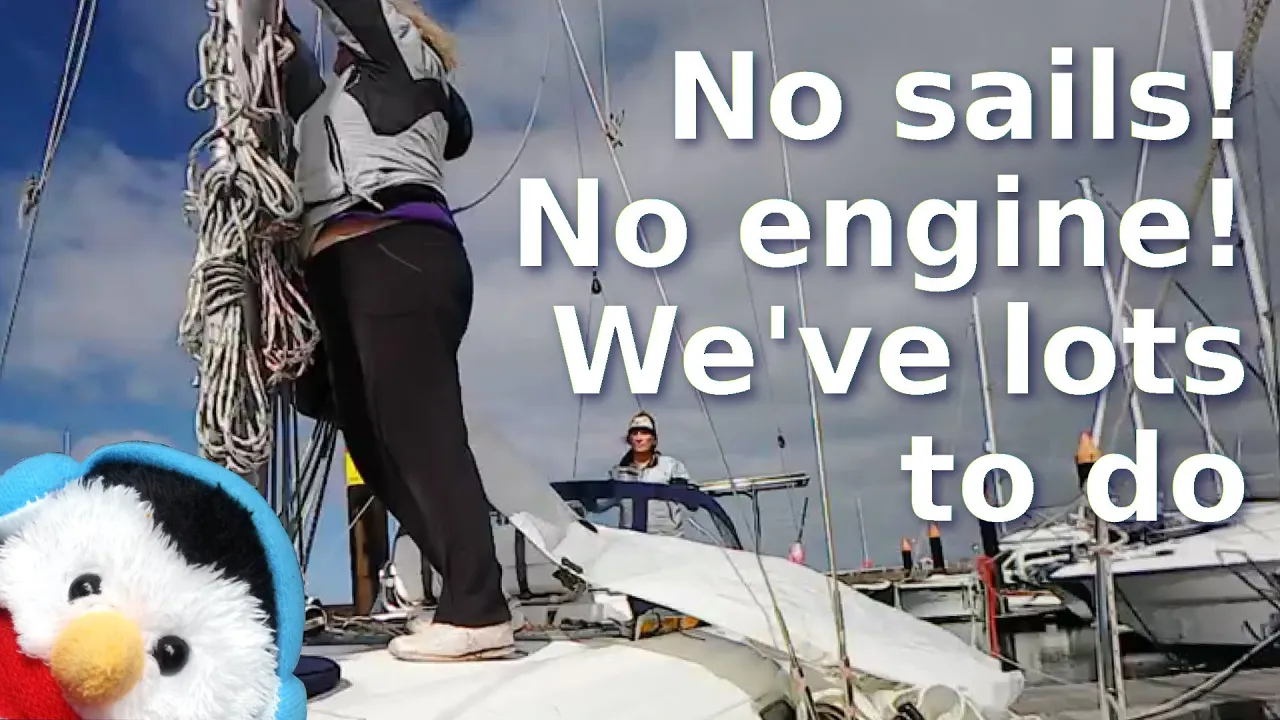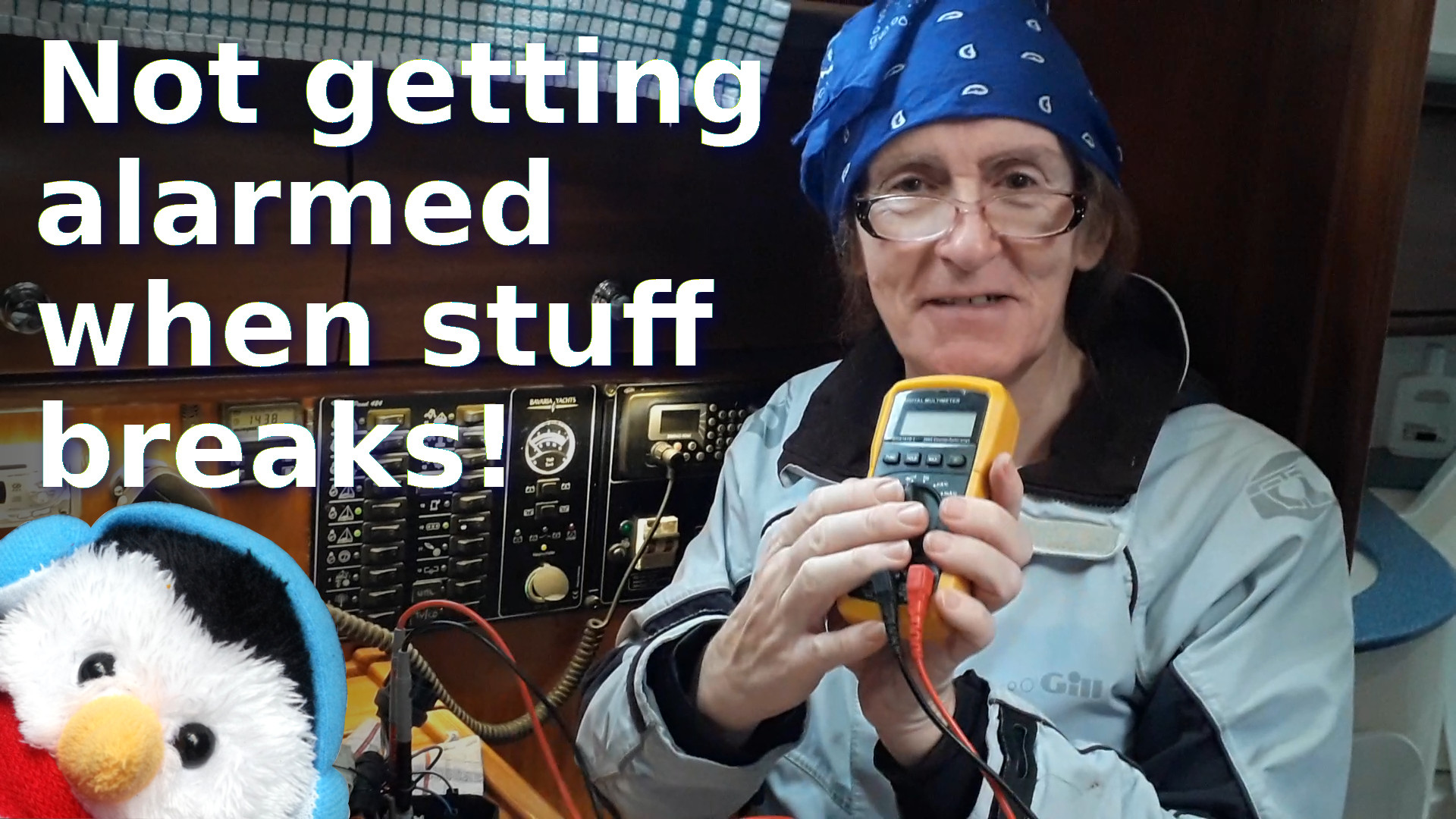In January 2018 Gaynor attended a diesel maintenance course with four other members of Liverpool Yacht Club(LYC).
During the morning the five members of LYC found out about adiabatic compression, which is squeezing air so quickly that it combusts fuel such as diesel.
They also found out the various sections that are in a typical diesel engine on a yacht, such as the low pressure fuel system, the high pressure fuel system, the cooling system, the gear box and all the other bits that go in to making the engine.
After lunch, the course went outside where the group got hands on experience of trying to start a diesel engine. Of course the engine did not start, so they discussed the various issues that can occur with a diesel engine and applied them to the situation in front of them.
The course was very enjoyable and the attendees got a lot out of it.
Common Issues for a diesel engine.
- Oil – All diesel engines have oil running through them, and the oil levels need to be checked every time before you start the engine. On top of checking the oil levels, the oil filters need to be changed on a regular basis. For Salty Lass, this is every 100 engine hours, which is why we record our engine hours in the ships log.
- Fan Belt – With the fan belt this needs to be tight, but you still need to be able to depress it by one centimetre, which is the width of your finger.
- Sea Strainer – These strain the sea water of seaweed and small debris, so need to be cleaned on a regular basis. Always check your strainer before you open your sea cock as any water in the system will drain out causing an air lock.
- Sea cock – This needs to be fully open to allow the seawater to run through the engine
- Diesel – Do you have enough diesel to start the engine and complete your journey. Is the diesel cut off open? Are your diesel filters clean? Dirty diesel will quickly clog up your filters and decrease the amount of fuel travelling to the engine. Diesel bug can also develop in your fuel tanks especially if your fuel tanks are empty. Using a fuel conditioner such as fuel set can at least keep diesel bug away. On most diesel engines you will have a course fuel filter and a fine fuel filter. These need to be changed on a regular basis. On Salty Lass this is every 200 engine hours. When you do change your filters make sure you bleed the engine afterwards.
- Water – The sea water cooling system, takes raw sea water from the sea through the sea cock then the sea water strainer to the impeller, which pumps the water through the engine and a heat exchanger, before leaving the engine via the mixer elbow, and the water lock.
In general, if the flow of water is impeded in some way then the engine quickly overheats, which is why the sea cock needs to be fully open and the sea strainer clean.
The part of this system that you need to keep well maintained is the impeller, as it degrades with use. When you change your impeller make sure that the old impeller is in good order, as bits of impeller can easily get stuck in the heat exchanger.
Another part, that can cause issues is the mixer elbow, as you have exhaust fumes mixing with water to create an acid. So rust on this part should be investigated. - Coolant - The other liquid that runs through the engine is a coolant in a closed loop system. This coolant needs to be replaced from time to time and the levels checked on a regular basis.
- Battery - Depending on your battery type, you may well need to fill them with water. Also if you leave your boat for a long time then you might need to think of ways to keep your battery electrically topped up. Also a battery may well need to be replaced if it is old. Certainly if you have issues starting your engine, then very soon your Battery will also be causing you issues as well.
- Leaks – These can be in any of your engine systems, water, oil, diesel and cooling liquid. The best defence against issues of this nature is to keep your engine space clean so that when a leak occurs you can see it early and take appropriate action.
- Electrics – As well as the wiring between the engine and the battery, there is a relay switch near the engine. There is also brushes in the starter motor that wear with time.














